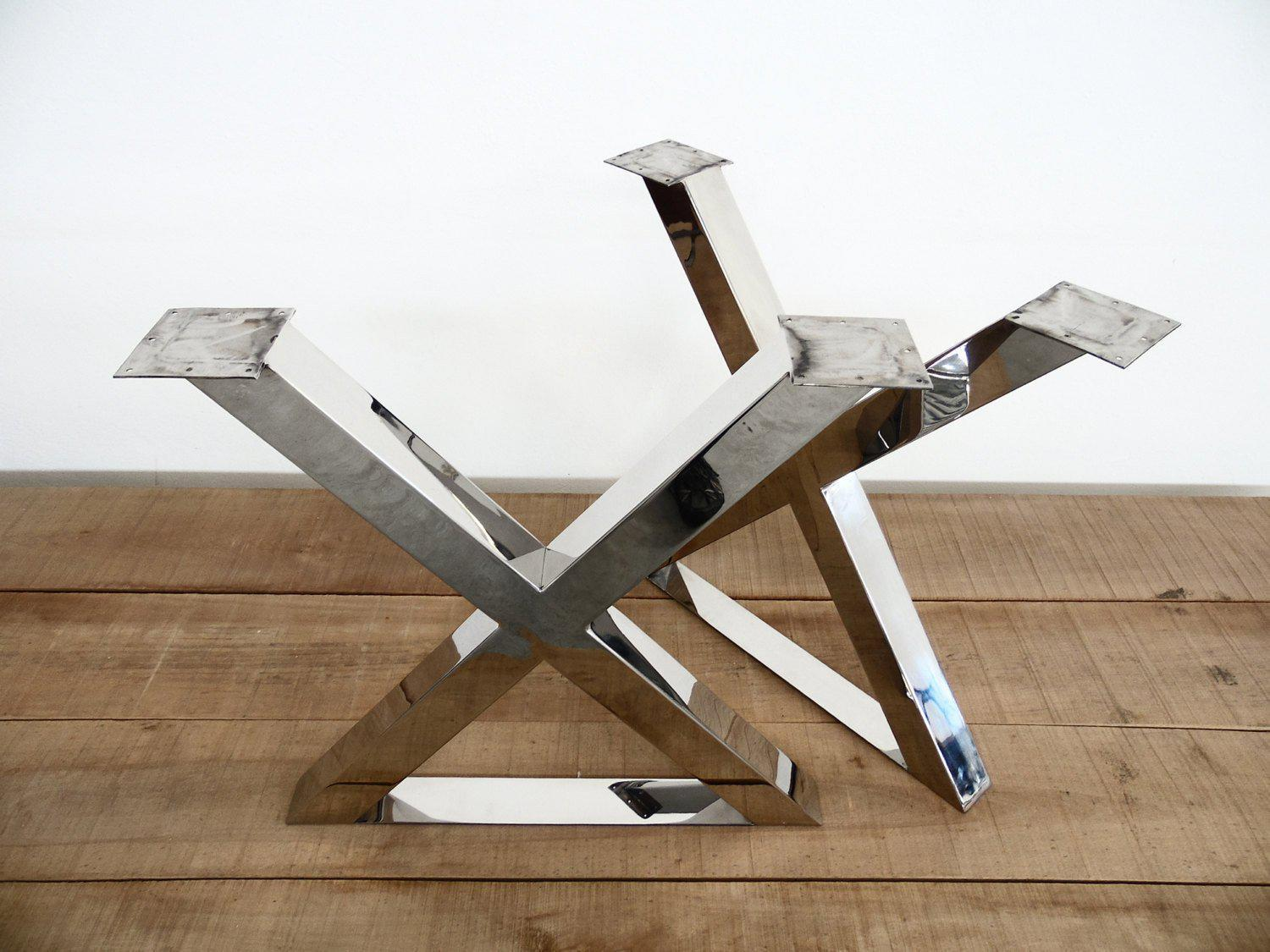Top Fads in Dining Room Table Legs to Raise Your Dining Room
Top Fads in Dining Room Table Legs to Raise Your Dining Room
Blog Article
A Comprehensive Look at Table Leg Styles: Discovering the Suitable Match
Selecting the ideal eating table leg style is vital for both aesthetic charm and practical functionality. For those with larger tables, trestle legs guarantee durable assistance, whereas barrette legs present a mid-century modern ambiance with their minimalist style. The x-shaped legs mix contemporary design with enhanced stability.
Conventional 4 Legs
Among the numerous kinds of eating table leg designs, the conventional four-leg style remains a classic choice for many houses. 4 legs provide balanced support, guaranteeing the table remains secure and qualified of bearing considerable weight (dining room table legs).
From a visual perspective, the typical four-leg style can be conveniently adjusted to various interior styles. Whether crafted from timber, steel, or a mix of products, these legs can be elaborately sculpted, streamlined and minimalistic, or anything in between. Their versatility allows them to match both rustic and contemporary setups perfectly.
In addition, the uncomplicated framework of the four-leg design facilitates convenience of movement and positioning within a room. Unlike even more facility bases, this style minimizes blockages, supplying sufficient legroom for diners. In recap, the traditional four-leg eating table leg design marries sustaining beauty with sensible performance, making it a sharp option for those looking for both form and feature in their dining furnishings.
Pedestal Base
Often commemorated for its elegant and space-efficient layout, the pedestal base is a recognized alternative to the standard four-leg configuration in eating table leg styles. This unique base typically includes a solitary central column sustaining the table top, which can vary in kind, from ornately carved wood to sleek, modern metal. Among the key advantages of the pedestal base is its capacity to make best use of legroom and seating adaptability. Without edge legs, restaurants are managed greater liberty of activity, making it a suitable selection for round and oval tables that promote even more intimate and comprehensive gatherings.
Furthermore, the pedestal base's central support can manage considerable weight, enabling using larger table tops, such as marble or thick hardwood. This stamina combined with its aesthetic flexibility makes the pedestal base a prominent choice in both conventional and contemporary interior settings. It can seamlessly integrate with numerous layout motifs, from timeless sophistication to minimal modernity. Moreover, the central column itself provides a canvas for elaborate designs and creative expressions, including a component of aesthetic rate of interest below the table. In summary, the stand base integrates performance snappy, making it an improved and sensible choice for diverse eating atmospheres.
Trestle Legs
Trestle legs give a robust and timeless structure for dining tables, defined by their horizontal cross-bracing and strong support beams. Stemming from middle ages times, this style has actually progressed yet retained its crucial structure, making it a seasonal favorite in both typical and contemporary setups. The central trestle beam of light, often sustained by 2 or more upright posts, uses remarkable security, permitting larger table sizes without the need for extra legs.
A significant advantage of trestle leg tables is the adequate legroom they offer. Unlike tables with four edge legs, the Get the facts lack of obstructions at the table's edges gives unimpeded area for chairs and restaurants, boosting comfort and availability. This makes trestle tables ideal for fitting bigger celebrations, whether in a dining-room or a banquet hall.
From rustic farmhouse to sleek modern designs, trestle legs can be customized to suit individual tastes. Their enduring appeal and functional benefits make trestle legs an engaging selection for those looking for both design and usefulness in their eating table.
Barrette Legs

The charm of barrette legs lies in their simplicity and convenience - dining room table legs. Available in a series of products, consisting of steel and brass, they can be finished in many shades to complement different interior designs. Whether coupled with a rustic wooden tabletop or a contemporary glass surface area, barrette legs easily blend performance with a touch of classic beauty
Sturdiness is an additional notable feature of hairpin legs. In spite of their fragile look, these legs are crafted to birth substantial weight, guaranteeing the table stays steady and safe and secure. Additionally, they are relatively easy to install, making them a popular option for DIY lovers and expert furniture makers alike.
X-Shaped Legs

Created from materials helpful resources such as steel, wood, or a combination of both, X-shaped legs can be tailored to match numerous layout choices. Steel legs frequently provide a streamlined and commercial feeling, ideal for loft-style houses and contemporary dining areas.
Additionally, the design behind X-shaped legs makes certain also weight circulation, minimizing the risk of wobbling and enhancing sturdiness. This makes them especially appropriate for bigger eating tables that need extra support. Basically, X-shaped legs blend useful engineering with contemporary aesthetic appeals, making them an ageless option for diverse dining environments.
Conclusion
A comprehensive understanding of table leg designs discloses the distinctive attributes and advantages of each style. Conventional four legs offer security and classic charm, while pedestal bases provide legroom and a structured look. Trestle legs make sure robust support for bigger tables, and hairpin legs introduce a mid-century modern-day visual. X-shaped legs integrate contemporary design with enhanced security. Choosing the proper leg design makes certain both practical and aesthetic satisfaction in any kind of dining space.
Report this page